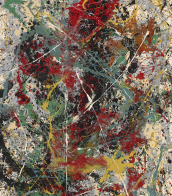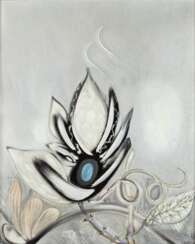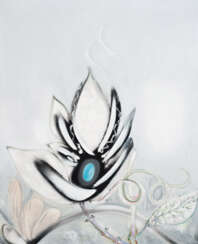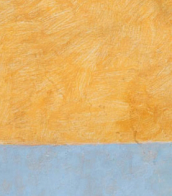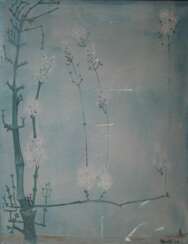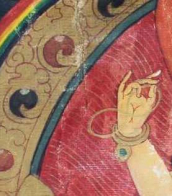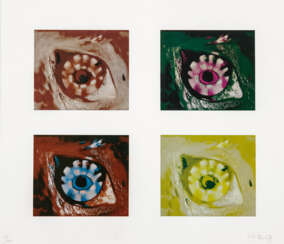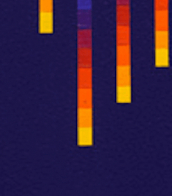georg muche (1895 - 1987)
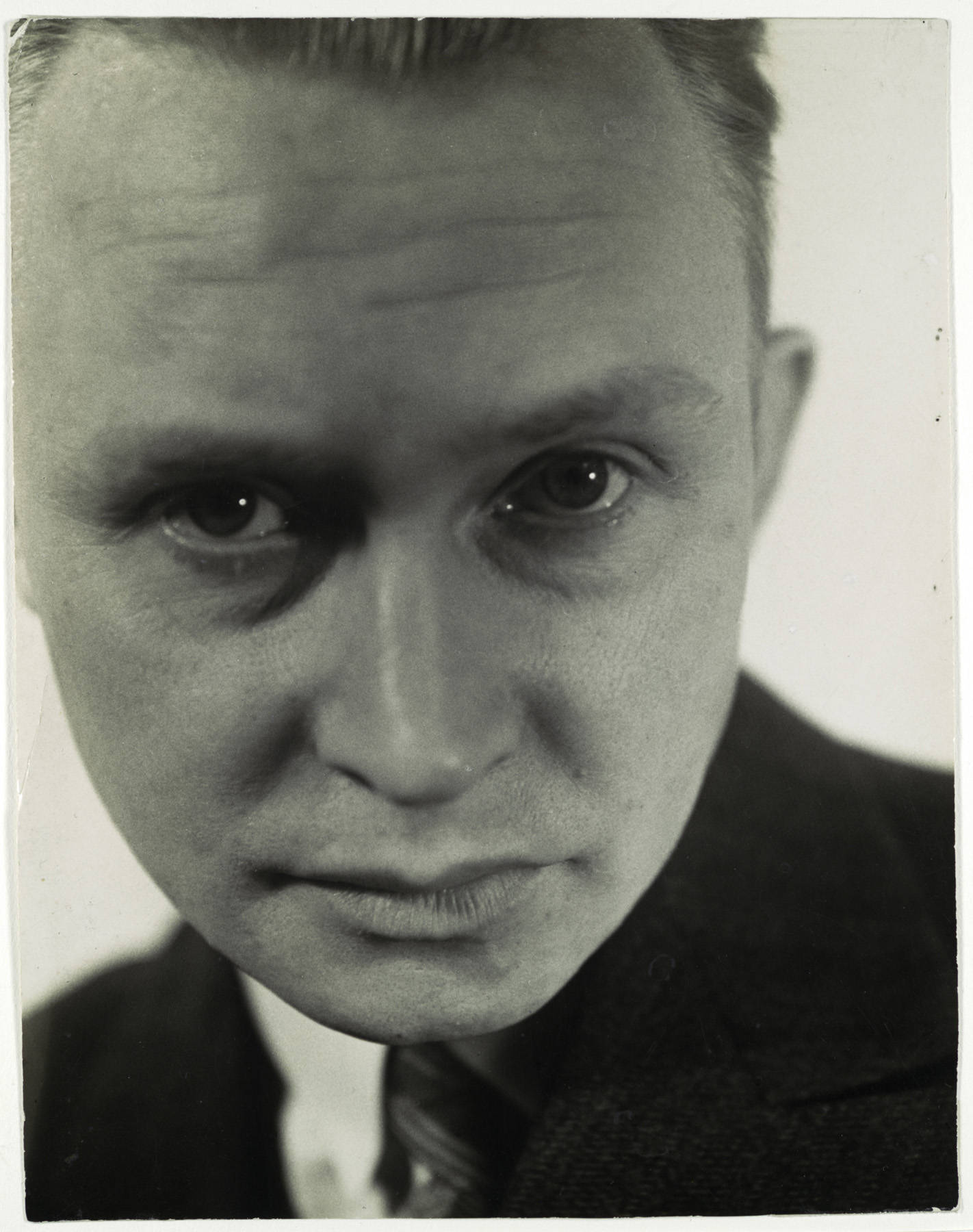
Georg Muche was a German painter, graphic artist, designer and architect.
He began his studies in Munich at the School of Painting and Drawing, continuing in Berlin in 1915. Already influenced by Wassily Kandinsky and Max Ernst, he became one of the first proponents of abstract art in Germany. In Berlin, Georg Muche began collaborating with the expressionist painter Gerwart Walden (1879-1941) and his artist group Sturm.
In 1919 Walter Gropius appointed Muche to the Bauhaus in Weimar, where he became its youngest master. He also ran a weaving workshop in Dessau. In 1926, the Metal Prototype House on the Dessau-Törten estate was built to a design developed in collaboration with the architecture student Richard Paulik. From 1939 to 1958 Georg Muche worked in Krefeld, teaching a master class in textile design at the engineering school.
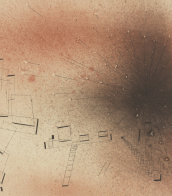

Georg Muche was a German painter, graphic artist, designer and architect.
He began his studies in Munich at the School of Painting and Drawing, continuing in Berlin in 1915. Already influenced by Wassily Kandinsky and Max Ernst, he became one of the first proponents of abstract art in Germany. In Berlin, Georg Muche began collaborating with the expressionist painter Gerwart Walden (1879-1941) and his artist group Sturm.
In 1919 Walter Gropius appointed Muche to the Bauhaus in Weimar, where he became its youngest master. He also ran a weaving workshop in Dessau. In 1926, the Metal Prototype House on the Dessau-Törten estate was built to a design developed in collaboration with the architecture student Richard Paulik. From 1939 to 1958 Georg Muche worked in Krefeld, teaching a master class in textile design at the engineering school.
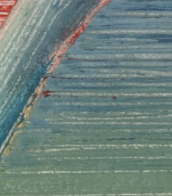

Georg Muche was a German painter, graphic artist, designer and architect.
He began his studies in Munich at the School of Painting and Drawing, continuing in Berlin in 1915. Already influenced by Wassily Kandinsky and Max Ernst, he became one of the first proponents of abstract art in Germany. In Berlin, Georg Muche began collaborating with the expressionist painter Gerwart Walden (1879-1941) and his artist group Sturm.
In 1919 Walter Gropius appointed Muche to the Bauhaus in Weimar, where he became its youngest master. He also ran a weaving workshop in Dessau. In 1926, the Metal Prototype House on the Dessau-Törten estate was built to a design developed in collaboration with the architecture student Richard Paulik. From 1939 to 1958 Georg Muche worked in Krefeld, teaching a master class in textile design at the engineering school.
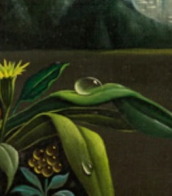

Georg Muche was a German painter, graphic artist, designer and architect.
He began his studies in Munich at the School of Painting and Drawing, continuing in Berlin in 1915. Already influenced by Wassily Kandinsky and Max Ernst, he became one of the first proponents of abstract art in Germany. In Berlin, Georg Muche began collaborating with the expressionist painter Gerwart Walden (1879-1941) and his artist group Sturm.
In 1919 Walter Gropius appointed Muche to the Bauhaus in Weimar, where he became its youngest master. He also ran a weaving workshop in Dessau. In 1926, the Metal Prototype House on the Dessau-Törten estate was built to a design developed in collaboration with the architecture student Richard Paulik. From 1939 to 1958 Georg Muche worked in Krefeld, teaching a master class in textile design at the engineering school.
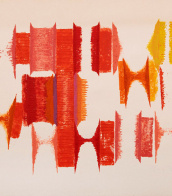

Pablo Ruiz Picasso, a Spanish artist renowned for his revolutionary contributions to the 20th-century art scene, is a figure that resonates profoundly with collectors and art experts. His unique blend of talents in painting, sculpture, printmaking, and ceramic art, infused with his time in France, positioned him as a pivotal character in modern art history.
Picasso's artistic journey was marked by distinct periods, each showcasing his evolving style and genius. His early years were characterized by the Blue Period (1901-1904), followed by the Rose Period (1904-1906), and then the African-influenced Period (1907-1909). Picasso's name is synonymous with Cubism, a movement he co-founded, which significantly altered artistic perspectives and methods. Works like "Les Demoiselles d'Avignon" (1907) and "Guernica" (1937) are emblematic of his cubist legacy, the latter being a poignant anti-war statement that remains influential.
His later years saw a return to more traditional styles, with neoclassical and surrealist influences becoming evident. Works from these phases reflect a deep engagement with mythological themes, as seen in "Faun with Stars" (1955), symbolizing his late-life romance with Jacqueline Roque, his second wife.
Picasso's prolific output and innovative spirit made him a legend in his own time, a status that only grew after his death. His works, housed in major museums and private collections worldwide, continue to captivate and inspire.
As a collector or expert in art and antiques, staying informed about Picasso's works, their auction events, and sales is essential. To stay updated on the latest developments and opportunities related to Pablo Picasso, sign up for our specialized updates. Rest assured, this subscription will focus solely on new product sales and auction events pertaining to Picasso's art, ensuring that you receive only the most relevant and valuable information.
